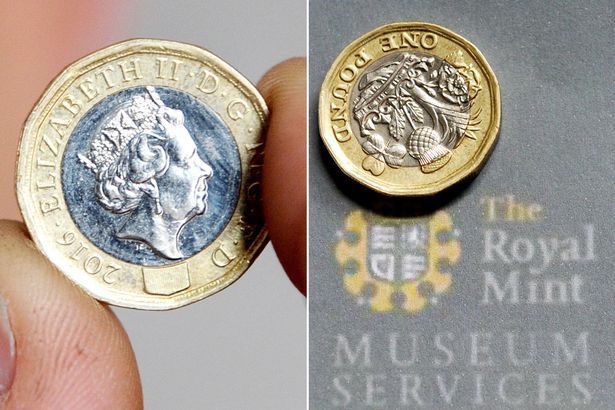Coin grades are an essential factor to consider when buying or selling coins. Professional coin grading companies use standardized grading scales to determine a coin’s grade, which helps provide a consistent and objective evaluation of the coin’s condition.
Understanding coin grades and how they are determined can help you make informed decisions when buying or selling coins and can also help you better understand the value of your coin collection. Read on to learn more.
Contents
How Does Coin Grading Work?
Coin grading is the process of determining the condition and quality of a coin. It is typically carried out by professional coin grading companies that use standardized grading scales to evaluate the coin’s appearance, strike, luster, and other factors. Coin grading is an essential part of the coin-collecting industry, as it helps to provide a consistent and objective evaluation of a coin’s condition and value.
How Does Coin Grading Affect Value?
Coin grading matters because it helps to determine the value of a coin. A coin’s grade is essential in determining its value, as coins in better condition tend to be worth more than those in poorer condition. Coin grading helps to provide a consistent and objective evaluation of a coin’s condition, which is essential for buyers and sellers to know when determining the value of a coin.
The Different Grades Of Coins
Coins can be graded on their condition, also known as their “grade.” The grade of a coin is a measure of its physical condition, and it can affect the coin’s value. Here are some of the most commonly used coin grades:
- Uncirculated: A coin that has not been in circulation and shows no wear.
- Almost Uncirculated: A coin that has only slight wear and retains most of its original luster.
- Very Fine: A coin with moderate wear but all of its significant details are still visible.
- Fine: A coin with significant wear, but all its lettering and major details are still visible.
- Very Good: A coin with heavy wear and some loss of detail, but its lettering is still evident.
- Good: A coin with heavy wear and significant loss of detail, but its lettering is still partially visible.
- About Good: A coin with very heavy wear and barely recognizable as to type.
- Fair: A heavily worn coin with little detail remaining.
- Poor: A coin that is so worn that it is difficult to identify.
Why A Coin Grading System Matters
The grade of a coin refers to its condition, which can significantly impact its value. Therefore, coin collectors and dealers often use a grading system to evaluate the condition of a coin and assign it a grade. This grade determines the coin’s value, as better-quality coins are generally more valuable. Several factors are considered when grading a coin, including its overall appearance, scratches or other damage, and the amount of wear on its design and inscriptions.
Importance Of Coin Grades: In Conclusion
In conclusion, coin grading is essential to be a successful coin collector. Coin grades dictate the value of coins, so it’s necessary to be able to understand and identify them. By becoming familiar with the most common coin grades, you’ll be well on your way to building a valuable collection. Thanks for reading.







